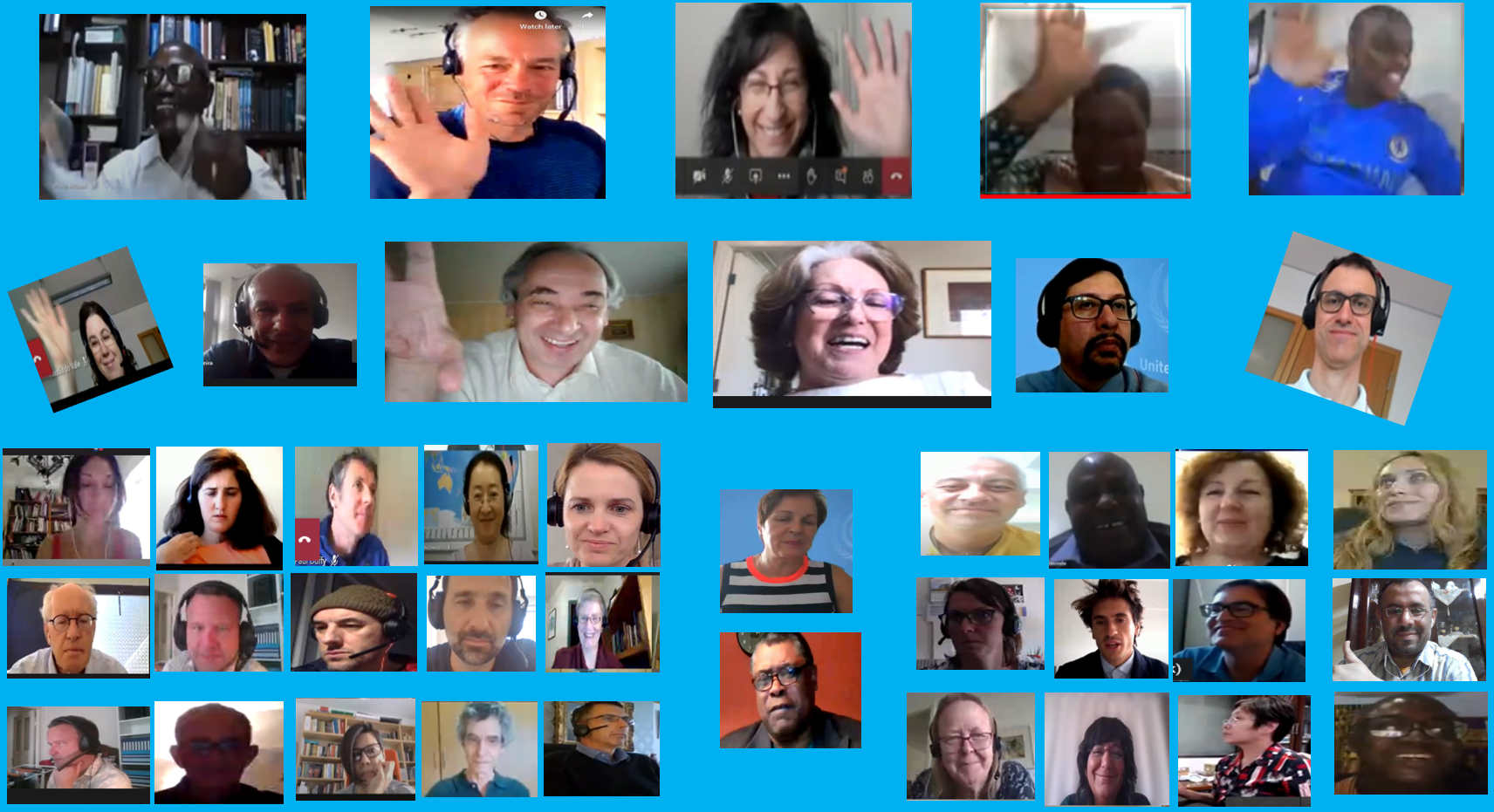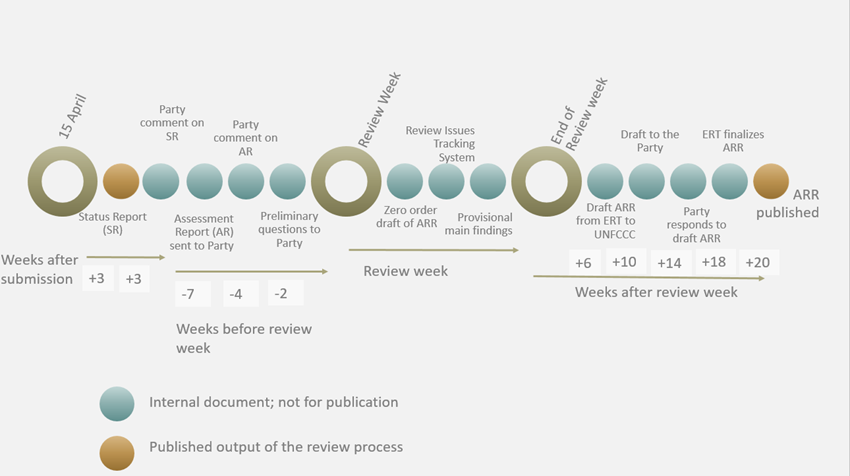UN Climate Change News, 9 February 2021 - Experts from around the world who annually review information submitted by developed countries on their greenhouse gas (GHG) emissions and removals celebrated the 20-year anniversary of the important transparency process last year, while continuing to strengthen transparency efforts going forward with a series of virtual meetings and activities in 2020.
The first reviews took place in 2001. Some of the experts that participated in those reviews are still reviewing GHG inventories today. Over the 20 years, the review process has been a key contributing factor to improvements in national GHG inventories, which capture both emissions and their removal resulting from climate action, as well as enhancing the capacity of individual expert reviewers.
The importance of transparency was on full display in 2020, as experts and the UN Climate Change secretariat identified innovative ways to ensure the continuity of the review process under adverse circumstances of the COVID-19 pandemic with virtual means. The successful work undertaken during the past year can be attributed to the dedication and expertise of experts from around the world (in total, 142 individuals from 60 countries). So how does the review process work?

The Review Process
The GHG review process itself takes place over a period of several months, with experts typically engaging approximately over four weeks prior to the review week to address preliminary issues identified in the countries' inventory submissions and continues for approximately 20 weeks after the review week as experts finalize their draft report (see figure 1 below). The work of each team is guided by a pair of experienced lead reviewers, with the support of the secretariat. In addition to leading the review process, the lead reviewers convene annually to identify ways to enhance consistency and effectiveness of the review process over time.

Figure 1. The annual timeline of reviewing the inventories of Annex I Parties.
Notes: ARR = annual review report; ERT = expert review team.
The 2020 annual meeting of GHG lead reviewers
Lead reviewers from all over the world met for their annual meeting in late June and early July 2020 in a virtual setting and discussed matters related to the improvement of the information on levels and trends of emissions and removals of greenhouse gases. Nearly 100 experts from 51 developing and developed countries considered in detail the effectiveness of the review process and agreed on innovative technical and operational guidance that will be used in 2020. The meeting was organized by the UN Climate Change secretariat under the leadership of two experienced lead reviewers, Thelma Krug from Brazil, and Michael Gytarsky from the Russian Federation.
The Doha Amendment and the Kyoto Protocol
Review experts were kept busy in 2020, as the world saw the entry into force of the Doha Amendment to the Kyoto Protocol. Among other objectives, the Amendment establishes emissions targets for developed countries for 2013-2020. The review reports drafted by the experts will verify and highlight the GHG emissions and removals trends of developed countries from 1990 (or other base year) to 2018 as those countries seek to meet their targets for pre-2020 ambition. The final reviews for determining compliance under the second commitment period of the Kyoto Protocol will take place in 2022, as inventory submissions have a two-year time lag. The 2022 submissions will contain emissions and removals data from 1990 (or other base year) to 2020.
Foundations for the Enhanced Transparency Framework
The Enhanced Transparency Framework (ETF) specifies how Parties to the Paris Agreement must report on progress in reducing emissions, adapting to climate change impacts and on support provided or received. The ETF is a central component for the credibility and operation of the Paris Agreement.
The review process of biennial transparency reports under the ETF will bring together the current review processes of GHG inventories, as well as other review and analysis processes for developed and developing countries, and forests, into a single technical expert review process.
The reviews conducted remotely this year and the 2020 lead reviewers' meeting highlighted lessons learned from the existing review process that could be important for developing the procedures of the Paris Agreement's Enhanced Transparency Framework (ETF).
The review of a country's GHG inventory now and in the future under the Paris Agreement is a critical component of transparency. The inventory provides a snapshot of GHG emissions and removals both in the current year, as well as trends over time. This information allows for further analysis and evidence-based decision making, providing input to such questions as 1) What are the largest sources of emissions in the country? 2) Where are the greatest opportunities for mitigating GHG emissions or enhancing sinks? 3) Are the policies implemented having a visible effect on emissions/removals trends? and 4) Is the country on a path to meet a target?
Experience shows that participation in the review process of GHG inventories of developed countries is a key factor in improving national GHG inventories and systems. Just as the GHG inventory submissions today of developed countries appear more sophisticated than the inventories submitted in the early 2000's, so too will the inventories of developing countries vary, and most certainly improve, over time. Engaging in the review process now can help experts prepare for participating in the ETF in the future.
Finally, experience also shows that we need technical expert reviewers representing all sectors of the economy - energy, industry, agriculture, forestry and waste - to support the review process. Becoming qualified as a technical expert reviewer supports not only implementation of the Paris Agreement, but provides the experts, the skills and enhanced capacity to support their own domestic climate activities.






